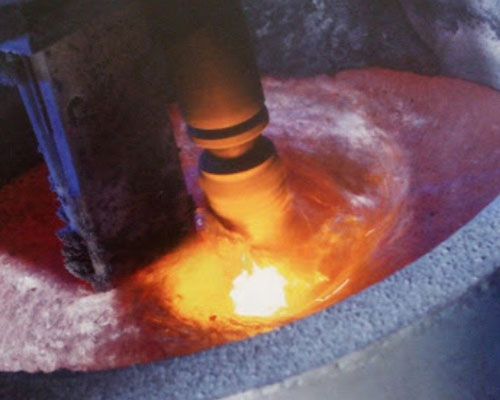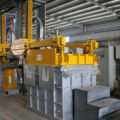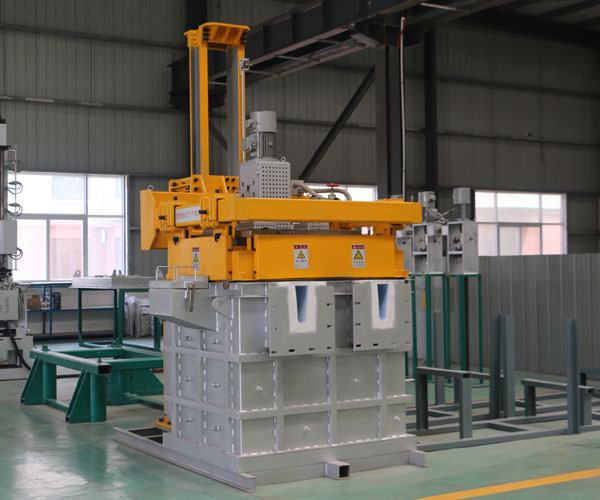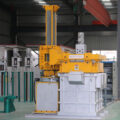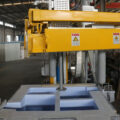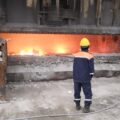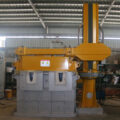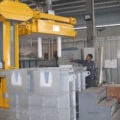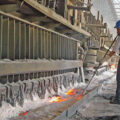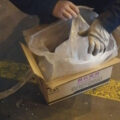Rotary degassing is one of the most effective degassing methods by using inert gas (nitrogen). Reducing hydrogen content in molten aluminum before casting is one of the most important parts of foundry quality control. The process of removing hydrogen is called degassing.
It is well known that molten aluminum and aluminum alloys absorb large amounts of gas, and the amount found in a particular melt depends on the characteristics of the metal used, the composition of the alloy, and the melting conditions. The effect of gas in the metal is reflected by the appearance of blowholes, so-called pinholes and ribbons or bubbles on the surface of forgings. If the finished product is used as a liquid or gas container, these chambers, especially the pinhole type, may cause gas or liquid leakage.
When molten, aluminum and its alloys can absorb gas, but when the liquid metal cools and solidifies in the mold, the gas absorption is reduced and the free gas is released. The released gas immediately accumulates and forms bubbles, some of which are trapped in frozen blocks, resulting in cavities or discontinuities in the metal structure, which is the source of weak castings.

The AdTech online rotary degassing unit adopts inert gas degassing. The degassing of aluminum is based on the following principles:
Dissolved hydrogen will move from high concentration to low concentration. Hydrogen is dispersed in the molten metal as it is released in any confined space. It will maintain a constant concentration throughout the melt. The migration rate of hydrogen in molten aluminum is almost as fast as that in air. Therefore, it is not necessary to bring the metal into contact with inert gases per ounce. The efficiency of aluminum degassing depends on two factors, the transport rate at the metal/gas interface and the total surface area that can be transported.
The principle of rotary degassing is to increase the surface area of the insert gas exposed to metal. The larger surface area increases the transfer rate from metal to inert gas. For a given gas volume, the smaller the bubble size, the larger the surface area.
For example, a bubble with a diameter of 1 inch has a surface area of 6 square inches. If the same bubble is divided into 1 / 16-inch diameter bubbles, the surface area will increase to 96 square inches.
In other words, if the same volume of gas is used and the diameter of the bubble is reduced to 1 / 16 of the original diameter, the total surface area will increase by 16 times. Smaller bubbles have less interference on the surface of the melt and reduce the additional hydrogen absorption in a humid environment.

